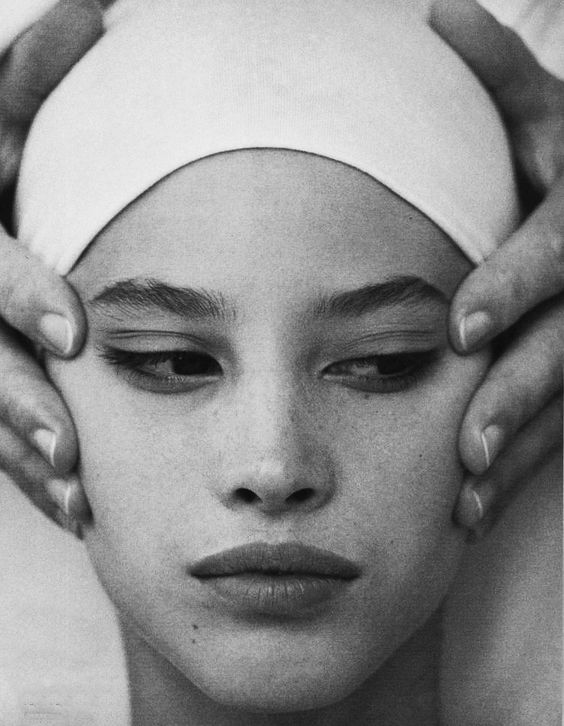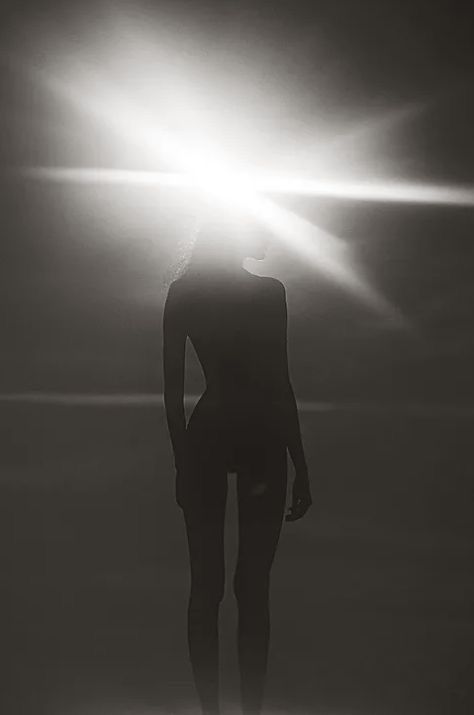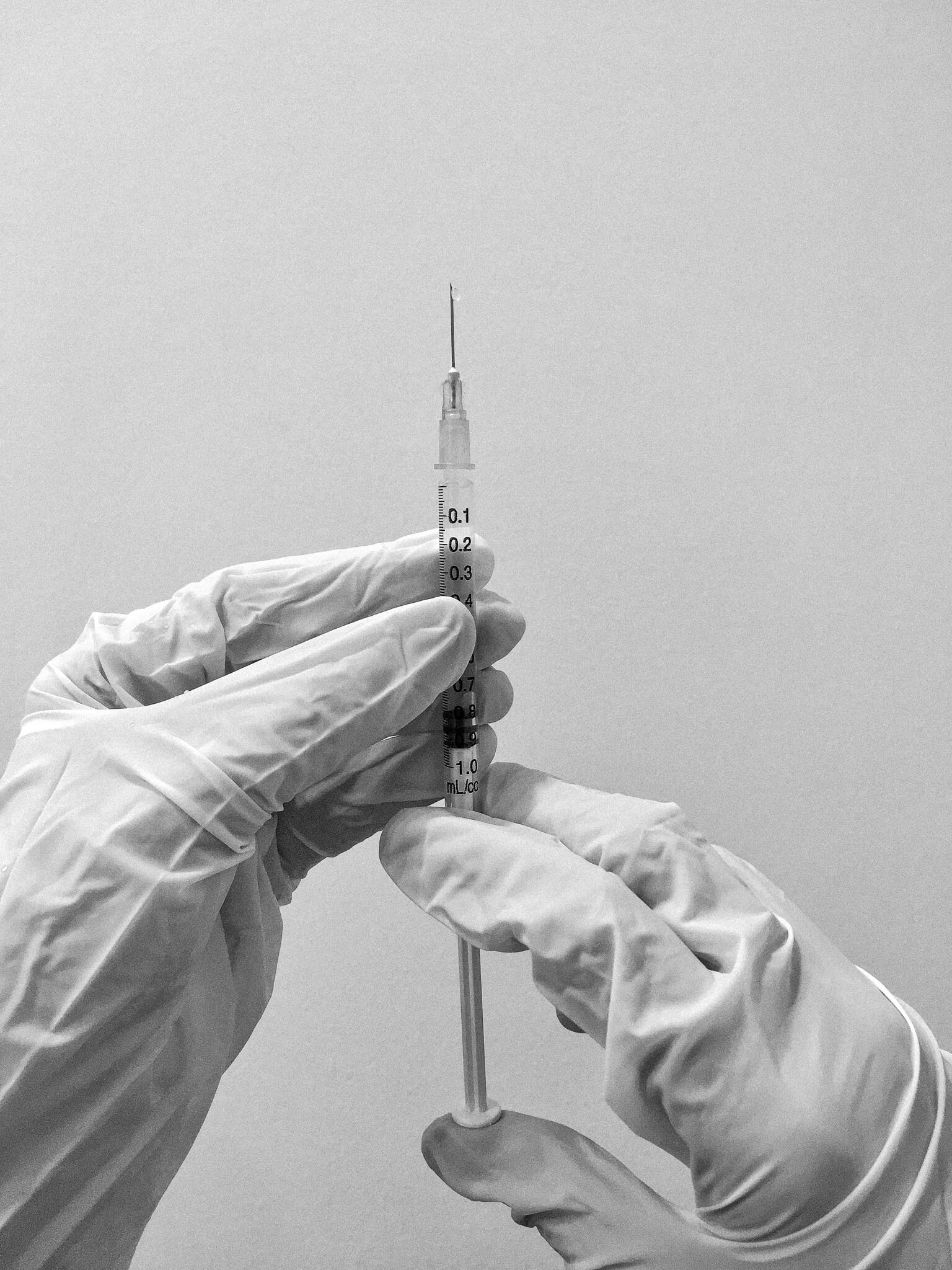aescend aesthetics
Everything You Need To Know About Anti-Wrinkle

WHAT IS ANTI-WRINKLE?
First, in case you’re wondering about the noticeable lack of searchability for some of your favorite injectable products, that’s because the TGA (Therapeutic Goods Administration) doesn’t permit the use of brand names in advertising for cosmetic injectables in Australia This is a good thing as it aims to reduce advertising pressure on people to feel the need to turn to cosmetic injectables. It is responsible.
But it may lead to an air of mystique about injectables and what they do. One of the most recognisable products made from Botulinum Toxin (take the first three letters of the first word and the first two letters of the second, put them together, and you’ll quickly realise what we are talking about) also has uses outside the cosmetic industry – for migraines, teeth grinding, treatment of muscle spasticity and to manage overactive muscles.
WHAT IS ANTI-WRINKLE MADE FROM?
Funnily enough, botulinum toxin is derived from natural sources. It comes from a bacteria called Clostridium botulinum, which produces the toxin that induces muscle relaxation, hence its use cosmetically for treating the lines of expression, and dynamic wrinkles.
HOW LONG DOES IT LAST?
Toxin is a temporary treatment generally lasting 3-6 months depending on the dose and individual.
It is true that overuse or incorrect administration of it can result in an expressionless, mask-like face. However, when applied expertly, it is often undetectable to those who are unaware. Thankfully the industry is evolving beyond ‘the frozen’ look and we have mastered the technique of micro dosing and superficial injection which still enables some movement of muscle thereby avoiding the emotionless look of yesteryear.
In addition to relaxing muscle, toxin can reduce sweat and sebum output helping with acne and conditions of high sweat production, and it can reduce pore size.
WHAT ARE THE RISKS?
- Ptosis/asymmetry/heaviness/dissatisfaction with results – at Aescend we aim to review all patients at 2 weeks post treatment to assess results and effectiveness of treatment. During this time, we can discuss and address any outstanding concerns. However, it’s not advisable to consider corrections before 2 weeks have passed because the product is still taking effect during this period. In many cases, perceived asymmetries, retained movement, and/or heaviness will resolve without the need for additional intervention if you observe the full 2-week post-treatment period.
- Infection – all measures are taken to ensure that no microbes are introduced with injection. Patients should adhere to after care information to ensure no subsequent contamination of sites
- Sensitivity/allergy, anaphylaxis – pre treatment screening is attended to reduce risk of inadvertent reaction. In the case of a reaction, emergency equipment is located on-site to appropriately manage such incidences
- Muscle weakness
- Headache – uncommonly occurs after the first few treatments and with regular maintenance. If you do experience headaches after treatment we recommend taking paracetamol. For headaches that persist or are severe please seek medical guidance
- Non-inflammatory periorbital oedema (swelling of the eye area in the absence of inflammation) – is a rare side effect that can occur with treatment of the upper face and eye area and is usually more likely in patients with preexisting eye puffiness and/or dry eye. It results from weakening of the muscles that stimulate lymphatic drainage of the eye and should only persist for 1-2 weeks. It is generally found that the effect is likely to improve with subsequent treatment.
If you experience signs of infection (including heat, pain, redness, discharge, fever) or signs or allergic reaction (skin rash, swollen lips, difficulty breathing, chest tightness, wheezing, racing heart, dizziness, nausea) please seek immediate medical help.
CONTACT US YOU NEED IMMEDIATE ASSISTANCE
Please notify your artisan immediately if concerned about any medical side effect:
- 0408 011 695 (Jenna) or 0402 292 194 (Stacey)
If the numbers above are unavailable, please call:
- 1300 377 437 and ask for the after-hours nurse.
If presenting to another medical facility for assistance, please bring with you a copy of aftercare information with all relevant treatment details.
WHAT HAPPENS DURING TREATMENT?
During treatment, you will discuss the risks and potential side effects of treatment with your artisan; prior to being provided the opportunity to ask questions and sign a consent form. We will attend to taking photos and identify the treatment area(s).
We will prepare this area for treatment, and we may provide additional measures for your comfort. It’s important to note that numbing cream is typically unnecessary and not recommended. We do not routinely have this available during appointment for anti-wrinkle injections.
Treatment will proceed by injecting small amounts of product into the area. Throughout the procedure your artisan will continue to enquire as to your comfort.
WHAT SHOULD I DO PRIOR TO TREATMENT?
After the treatment, we will recleanse the site.
- Consider rescheduling vaccinations to more than two weeks either side of treatment
- DO NOT WEAR MAKEUP TO YOUR APPOINTMENT
- Avoid exposing the area to the sun in the two weeks prior. Reschedule if you develop any active skin conditions/infections/inflammation at the site of treatment
- Consider paracetamol 30 minutes prior if your doctor has not advised otherwise
- Consider commencing on arnica and/or bromelain to assist with reducing swelling and bruising following treatment
- Avoid alcohol consumption 48 hours either side of treatment
- Consider cessation of smoking
- Cease any blood-thinning medication including fish oil and anti-inflammatories (in consultation with your doctor) at least 2 weeks prior to treatment
- If you have a history of cold sores, prevenative medication is often recommended and is essential in cases of frequent or severe outbreaks
- Avoid strenuous activities (exercise) and exposure to heat in the 2-4 hours prior to treatment as this increases blood flow to tissue and may effect outcome
AFTERCARE
Immediately following treatment with anti-wrinkle:
- Bleeding, bruising, swelling and redness is common, with bruising and swelling potentially lasting upto 14 days. In most cases, bruising can be well disguised with cosmetic products. Alternatively we are able to offer interventions to assist with the resolution of bruising + swelling
- Skin and tissue at the injection site(s) may be slightly tender
Prior to leaving the clinic, your artisan will provide you with printed aftercare information, however generally, following treatment, you should:
- Avoid intense exercise, swimming, spas, or any activity that increases blood pressure and/or body temperature so as to avoid exacerbation of swelling and/or bruising, reduce risk of infection, and improve efficacy of treatment
- Avoid touching the injection sites and/or applying any makeup to the skin for 12 hours
- Ice may be used for discomfort and swelling after 2 hours though is generally not required
- Do not rub, massage or apply hard pressure to the treated area (including facials) for at least 48 hours. In this time also try to avoid sleeping on your face and/or utilising powerful facial expressions
- Sleep with head elevated, on your back until resolution of swelling
- Avoid direct sun exposure and wear spf 30+ daily
- Avoid use of physical exfoliants or active skin care at the area for at least 72 hours
- Avoid chemical peels, microdermabraision, IPL/laser, or intense skin treatments/cosmetic intervention for at least 2 weeks
- Hirudoid cream, arnica (topical or oral) and bromelain may be used post treatment to expedite recovery
CAN I WORK OUT AFTER ANTI-WRINKLE
Exercise and physical activity are cardiac protective activities that tranisently increase blood flow, body temperature, heart rate and blood pressure.
While this is great for overall health, it should be avoided for a 48-hour period following anti-wrinkle treatments and here is why!
- increased blood flow can promote swelling and bruising at the sites of injection
- increased blood flow may shift anti-wrinkle from the sites that it is placed thereby increasing the risk of adverse effects and migration into muscles not intended for treatment
- increased blood flow may dilute anti-wrinkle concentration at the sites of treatment thereby reducing the effectiveness of your treatment
- increased body temperature may heat the proteins in anti-wrinkle, rendering your treatment less effective
- sweat sitting on the skin the result of exercise can increase the risk of infection and breakout following treatment
- exercising outside (in the sun) increases body temperature and chronically damages skin which over time can make anti-wrinkle less effective at treating lines
Make the most of your anti-wrinkle treatments and aim to refrain from intense exercise for at least 48 hours after treatment
HOW MANY UNITS OF ANTI-WRINKLE DO I NEED FOR A NATURAL LOOK?
Anti-wrinkle (muscle relaxants) products are used primarily in the treatment of dynamic lines (though may also be used as adjunctive treatment for static lines).
They work by preventing contraction of the muscle over a temporary period of 2-4 months.
Often people can be reluctant to commence treatment with anti-wrinkle products because they are concerned they will look ‘different’ or ‘frozen’. It is true, that if multiple areas are done, large doses are used or injection sites are not carefully placed, that there can be abnormal movement/expression which can then be a tell-tale sign of treatment.
However, when performed conservatively, a more natural appearance can be maintained. With this aim, dosing is generally lower and potentially more superficially injected. The intended outcome is that some movement is left in the muscles so that lines are softer and appear less ‘treated’.
As with all treatments, an exact dose is not necessarily used, and instead a treatment plan is developed that considers factors such as skin quality, muscle activity, size of the muscle, lifestyle etc.
- DOWNTIME: 1 day – 1 week
- EXPECTED POST TREATMENT JOURNEY: redness, swelling, pain, bruising
- POTENTIAL SIDE EFFECTS: infection; allergic reaction; asymmetry; dissatisfaction; delayed hypersensitivity; drooping, ptosis
HOW MANY UNITS OF ANTI-WRINKLE DO I NEED FOR FROWN LINES?
A ‘frown’ is created through simultaneous action of multiple muscles that work together to pull the centre of the brows inward and down. On activation of these muscles, the skin is creased into visible vertical lines (generally where the muscles meet or where their bulk is greater). Overtime, repeated activity of the muscles and resultant skin creasing can lead to collagen destruction where these lines form.
In some people who have particularly active/large muscles, thin skin, or are more advanced in age, the prominence of lines can be more pronounced. Anti-wrinkle is generally the first recommendation for treating an unwanted frown (or softening the lines that form as a result) as the product works to cause relaxation of the muscles responsible for the action of frowning. When the skin has only marginal lines, treating it with anti-wrinkle injections will lead to temporary resolution of frown lines. However, if lines are deep and muscles were unopposed, anti-wrinkle results are subtler due to damaged collagen. In such cases, consider treatments to build collagen or replace volume for better results.
Deciding on the number of units to treat your frown is dependent on a few factors:
- How much of a reduction in the line/movement you are looking for
- Financial considerations – more product is more expensive
- The size, activity and treatment of the muscles that surround this area and may work in opposition to the targeted muscles
- If you wish to retain some movement and apply a more subtle treatment where movement is still possible, note that achieving full resolution of lines here may not be possible.
- What the quality of the tissue in the area is like – thinner skin will show any movement and resultant line formation more markedly
- Lifestyle factors – this may determine the longevity of treatment
- The size, activity and previous treatment of the muscles that comprise the frown itself.
Overall, you should decide with your artisan and base it upon individual characteristics and your personal aims. Book with an Aescend artisan at www.aescend.com.au/bookings
Disclaimer: all advice included is generic in nature with response to treatment varying between individuals and treatment. Every treatment carries inherent risks and downtime. It is advisable to seek professional advice before undergoing any treatment. Full treatment info available at aescend.com.au



